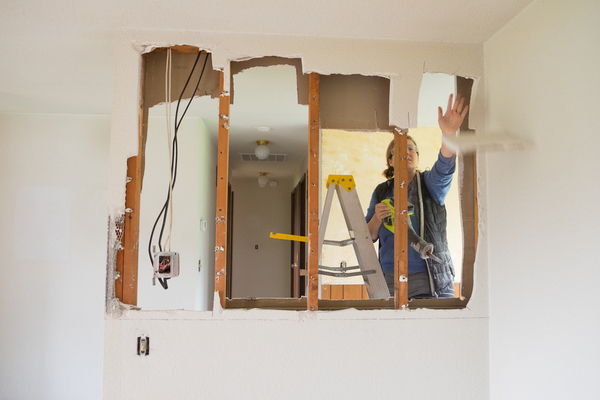With the popularity of home improvement shows designed to enthrall viewers with stunning renovations, it’s easy to get swept up in the DIY craze. In the hopes of saving money and channeling their inner design diva, even not-so-handy homeowners may be tempted to pick up a hammer and give home repair a go. This may sound empowering, but there are several home repairs you should never do yourself.
While there are home repairs that can certainly be tackled by enthusiastic amateurs, taking on complicated tasks you’re not qualified to do can have costly consequences. Fact: There is such a thing as home repairs best left to professionals. Not only could faulty work lead to spending more money on repairs than you would have spent if you’d hired a pro from the start, they could result in your home not being up to code, serious injuries or even death.
Even if DIY is your life motto, there are certain cost-cutting measures you want to avoid when it comes to home maintenance. Here is one that’s better left to the professionals:
STRUCTURAL WORK
When considering home repairs you should never do yourself, advises Frank Cohn, owner of Cohn Construction Ltd. and host of the Home Improvement Show on Toronto’s NEWSTALK 1010 radio. The homeowner should generally not touch any sort of major structural work. Much like major basement repairs, if DIYers don’t know what they’re doing, faulty structural renovations can undermine the integrity of the entire home. “These days, everybody’s ripping their homes apart,” Cohn says, “because an open concept is all the rage. Sometimes people take out a wall not understanding it’s load bearing, and the next thing you know, the house collapses or the floor upstairs starts to sag.”
Licensed contractor Mark Clement of MyFixitUpLife.com agrees that structural alterations are home repairs you should never do yourself. “Removing walls that carry weight from above is a pro job. Understanding the safest ways to support the weight during the demolition process and determining how to transfer the load are serious business,” he adds.
—
Photo Credit: Joshua Rainey Photography / Shutterstock.com
